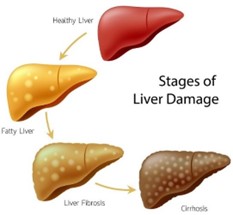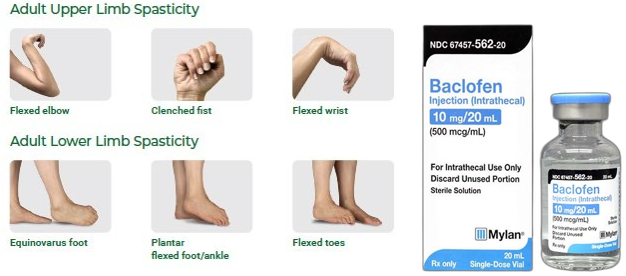Before administering a newly prescribed dose of terbinafine HCL to a client with a fungal toenail infection, which assessment finding is most important for the nurse to address?
Reported history of alcoholism.
Toenails appear thick and yellow.
White blood cells count of 8,500/mm3 or 85 x 109 /L (SI).
Employed as a construction worker.
The Correct Answer is A
Terbinafine HCL is primarily metabolized by the liver, and a history of alcoholism may indicate liver dysfunction or damage, which could affect the metabolism and clearance of the drug. The nurse should assess the client's liver function, including liver enzymes, bilirubin levels, and albumin levels, before administering terbinafine HCL.
While options b, c, and d may be important assessment findings, they are not as crucial as a history of alcoholism when it comes to administering terbinafine HCL.
The thick and yellow toenails (option b) are typical symptoms of a fungal toenail infection, which is the reason for prescribing terbinafine HCL.
The white blood cell count (option c) is within normal range.
Being employed as a construction worker (option d) does not have a direct impact on the use of terbinafine HCL.

Nursing Test Bank
Naxlex Comprehensive Predictor Exams
Related Questions
Correct Answer is C
Explanation
The correct answer is C. Liver function lab results.
Choice A: Weight change in the last month
Weight change is a relevant factor to monitor in patients starting on antidepressants, including duloxetine, as some antidepressants can cause weight gain or loss. However, it is not the most critical information to obtain initially. Monitoring weight can help manage potential side effects and ensure the patient’s overall health, but it does not directly impact the immediate safety and efficacy of starting duloxetine.
Choice B: Recent use of other antidepressants
Recent use of other antidepressants is crucial information because combining duloxetine with other antidepressants, especially MAOIs (Monoamine Oxidase Inhibitors), can lead to serious interactions such as serotonin syndrome. This condition can be life-threatening and requires careful management. However, while this information is important, it is not as immediately critical as liver function tests when starting duloxetine.
Choice C: Liver function lab results
Liver function lab results are the most important information for the nurse to obtain. Duloxetine is metabolized in the liver, and patients with pre-existing liver conditions or impaired liver function are at higher risk for hepatotoxicity. Monitoring liver function is essential to prevent severe liver damage, which can be life-threatening. Baseline liver function tests help ensure that the patient can safely metabolize the medication and identify any potential issues early.
Choice D: Family history of mental illness
Family history of mental illness can provide valuable context for understanding the patient’s condition and potential genetic predispositions. It can also help in tailoring the treatment plan and anticipating the patient’s response to medication. However, while this information is useful for long-term management, it is not as immediately critical as liver function tests when initiating duloxetine therapy.
Correct Answer is C
Explanation
Baclofen is a muscle relaxant medication used to treat muscle spasticity, which is a condition that causes muscles to become stiff and rigid. It works by reducing the activity of nerves in the brain and spinal cord that cause muscle spasms.
Option a, using stool softener as needed, is appropriate because baclofen can cause constipation as a side effect.
Option b, avoiding ingestion of alcohol, is also appropriate because alcohol can increase the sedative effects of baclofen and cause drowsiness or dizziness.
Option d, taking medication with meals, is recommended because it can help reduce stomach upset and nausea that may occur as a side effect of the medication.
Option c, discontinuing the medication when spasms cease, is incorrect because muscle spasticity is a chronic condition, and baclofen is used to manage symptoms over a prolonged period. Discontinuing the medication abruptly can cause withdrawal symptoms and exacerbate the spasticity. Therefore, the nurse should educate the client to take the medication as prescribed by the healthcare provider and not discontinue it without medical advice.

Whether you are a student looking to ace your exams or a practicing nurse seeking to enhance your expertise , our nursing education contents will empower you with the confidence and competence to make a difference in the lives of patients and become a respected leader in the healthcare field.
Visit Naxlex, invest in your future and unlock endless possibilities with our unparalleled nursing education contents today
Report Wrong Answer on the Current Question
Do you disagree with the answer? If yes, what is your expected answer? Explain.
Kindly be descriptive with the issue you are facing.
